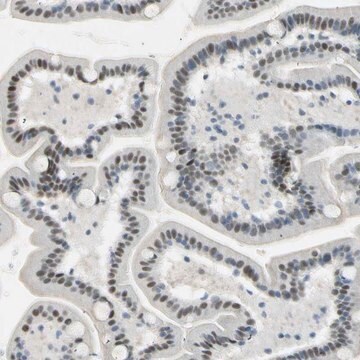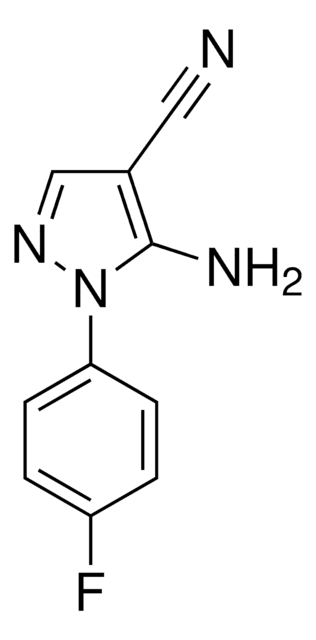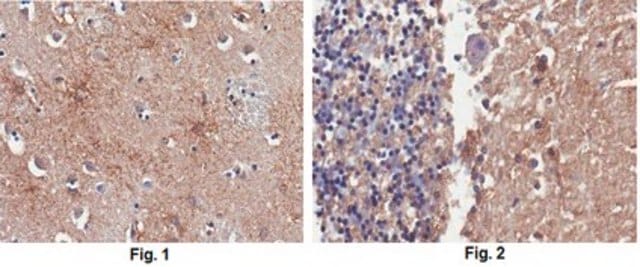MAB1598
Anti-Post Synaptic Density Protein 95 Antibody, clone 7E3-1B8
clone 7E3-1B8, Chemicon®, from mouse
Sinônimo(s):
PSD-95
About This Item
Produtos recomendados
fonte biológica
mouse
Nível de qualidade
forma do anticorpo
purified immunoglobulin
tipo de produto de anticorpo
primary antibodies
clone
7E3-1B8, monoclonal
reatividade de espécies
bovine, rat, mouse
reatividade da espécie (prevista por homologia)
human
fabricante/nome comercial
Chemicon®
técnica(s)
immunocytochemistry: suitable
immunoprecipitation (IP): suitable
western blot: suitable
Isotipo
IgG1
nº de adesão UniProt
Condições de expedição
dry ice
modificação pós-traducional do alvo
unmodified
Informações sobre genes
bovine ... Dlg4(100137840)
human ... DLG4(1742)
mouse ... Dlg4(13385)
rat ... Dlg4(29495)
Descrição geral
Especificidade
Imunogênio
Aplicação
A previous lot of this antibody was used in IC.
Immunoprecipitation:
A previous lot of this antibody was used in IP.
Optimal working dilutions must be determined by the end user.
Qualidade
Western Blot Analysis:
1:500 dilution of this antibody detected PSD-95 on 10 µg of Mouse brain lysates.
Descrição-alvo
Ligação
forma física
Nota de análise
Mouse brain, rat brain tissue
Outras notas
Informações legais
Not finding the right product?
Try our Ferramenta de seleção de produtos.
recomendado
Código de classe de armazenamento
10 - Combustible liquids
Classe de risco de água (WGK)
WGK 2
Certificados de análise (COA)
Busque Certificados de análise (COA) digitando o Número do Lote do produto. Os números de lote e remessa podem ser encontrados no rótulo de um produto após a palavra “Lot” ou “Batch”.
Já possui este produto?
Encontre a documentação dos produtos que você adquiriu recentemente na biblioteca de documentos.
Nossa equipe de cientistas tem experiência em todas as áreas de pesquisa, incluindo Life Sciences, ciência de materiais, síntese química, cromatografia, química analítica e muitas outras.
Entre em contato com a assistência técnica








